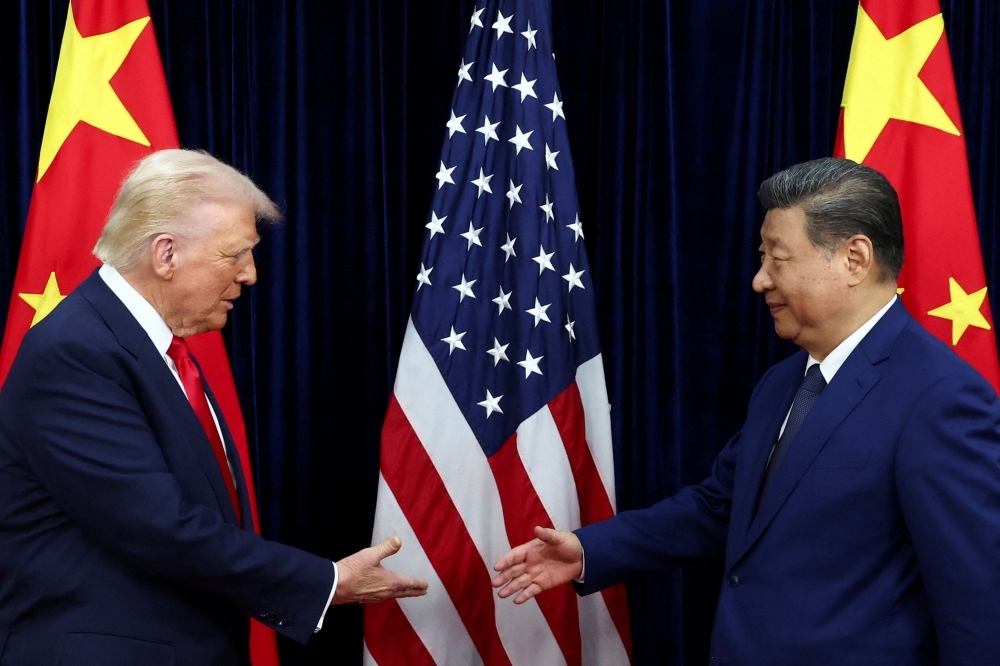In a development that could reshape the global trade landscape, US President Donald Trump confirmed he will reduce tariffs on Chinese goods to 47%, down from the previous 57% rate. The move comes after what he described as an “amazing” face-to-face meeting with Chinese President Xi Jinping in Busan, South Korea — their first direct talks since 2019.
According to Trump, China has agreed to resume large-scale American soybean purchases, ensure continued exports of rare earth minerals critical for global manufacturing, and intensify efforts to curb illicit fentanyl trafficking. These commitments served as the foundation of the revised tariff arrangement.
The meeting marked a major milestone in Trump’s strategic Asia tour, where he also claimed trade progress with Japan, South Korea, and several Southeast Asian countries. Speaking aboard Air Force One, Trump said, “I thought it was an amazing meeting,” emphasizing optimism for a more stable trade environment.
Financial markets reacted with volatility as details emerged. Major Asian indexes and European futures wavered between gains and losses. China’s Shanghai Composite Index dipped from a decade-high peak, and US soybean futures also softened slightly. In recent weeks, global markets from Wall Street to Tokyo had rallied in anticipation of a breakthrough.
Held on the sidelines of the APEC Summit, the nearly two-hour meeting concluded with formal diplomatic courtesies — handshakes, a personal escort to Xi’s vehicle, and a red-carpet send-off for Trump.
Still, analysts caution that with both nations determined to protect economic and geopolitical interests, the durability of this renewed trade understanding remains uncertain.




